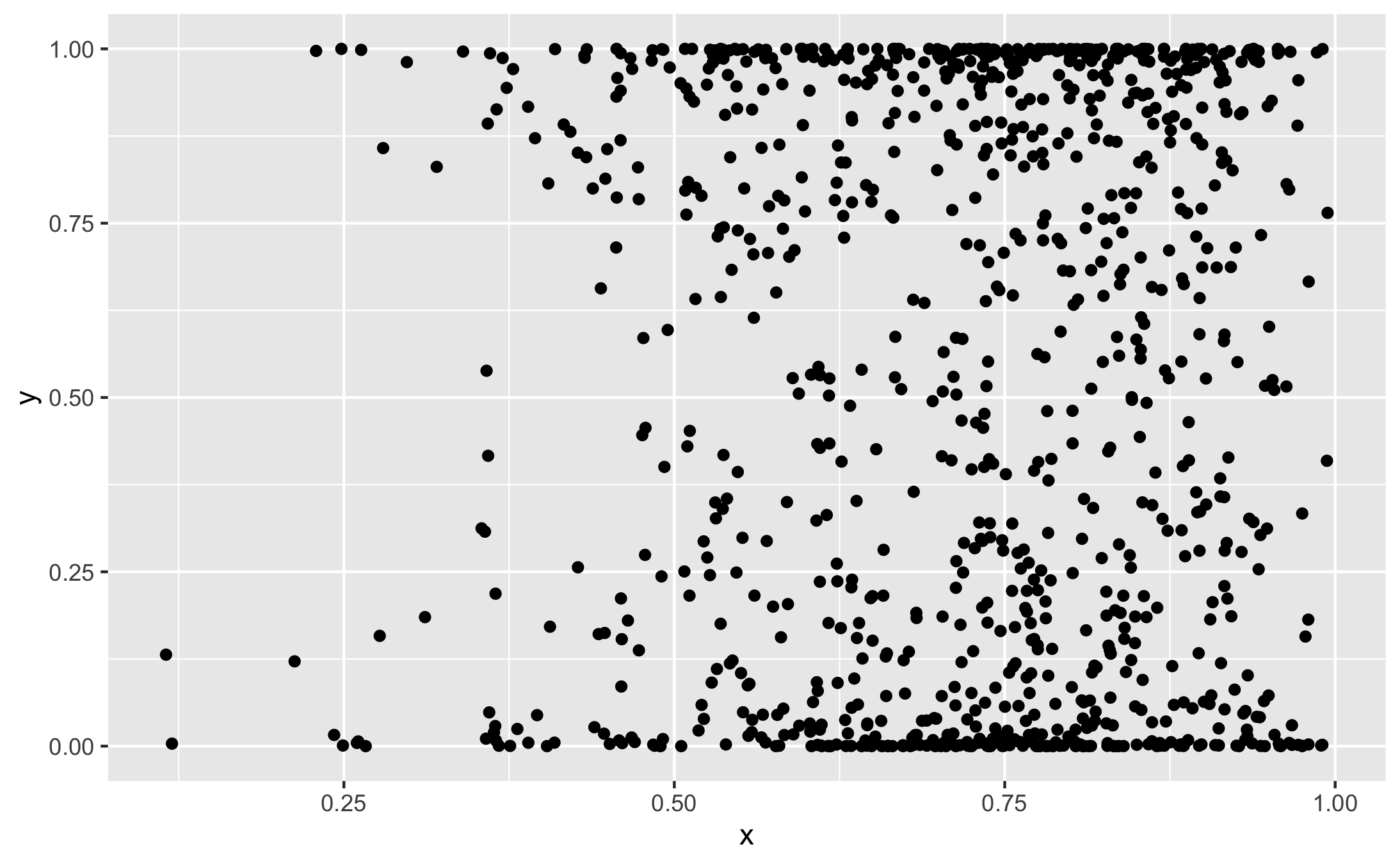Markdown cheat sheet¶
What follows is a non-comprehensive guide to Markdown syntax. The code blocks show the Markdown syntax, and underneath is the output. Read through it and then you can proceed to the exercise at the end.
Lists¶
Note - actual numbers don’t matter, just have a number and a period . The sub-items have been indented by a tab space.
Input¶
1. Item 1
1. Item 2
1. sub Item 1
3. sub Item 2
2. Item 3
Output¶
Item 1
Item 2
sub Item 1
sub Item 2
Item 3
Bullets¶
Input¶
* Item 1
* Item 2
* sub Item 1
* sub Item 2
* Item 3
Output¶
Item 1
Item 2
sub Item 1
sub Item 2
Item 3

